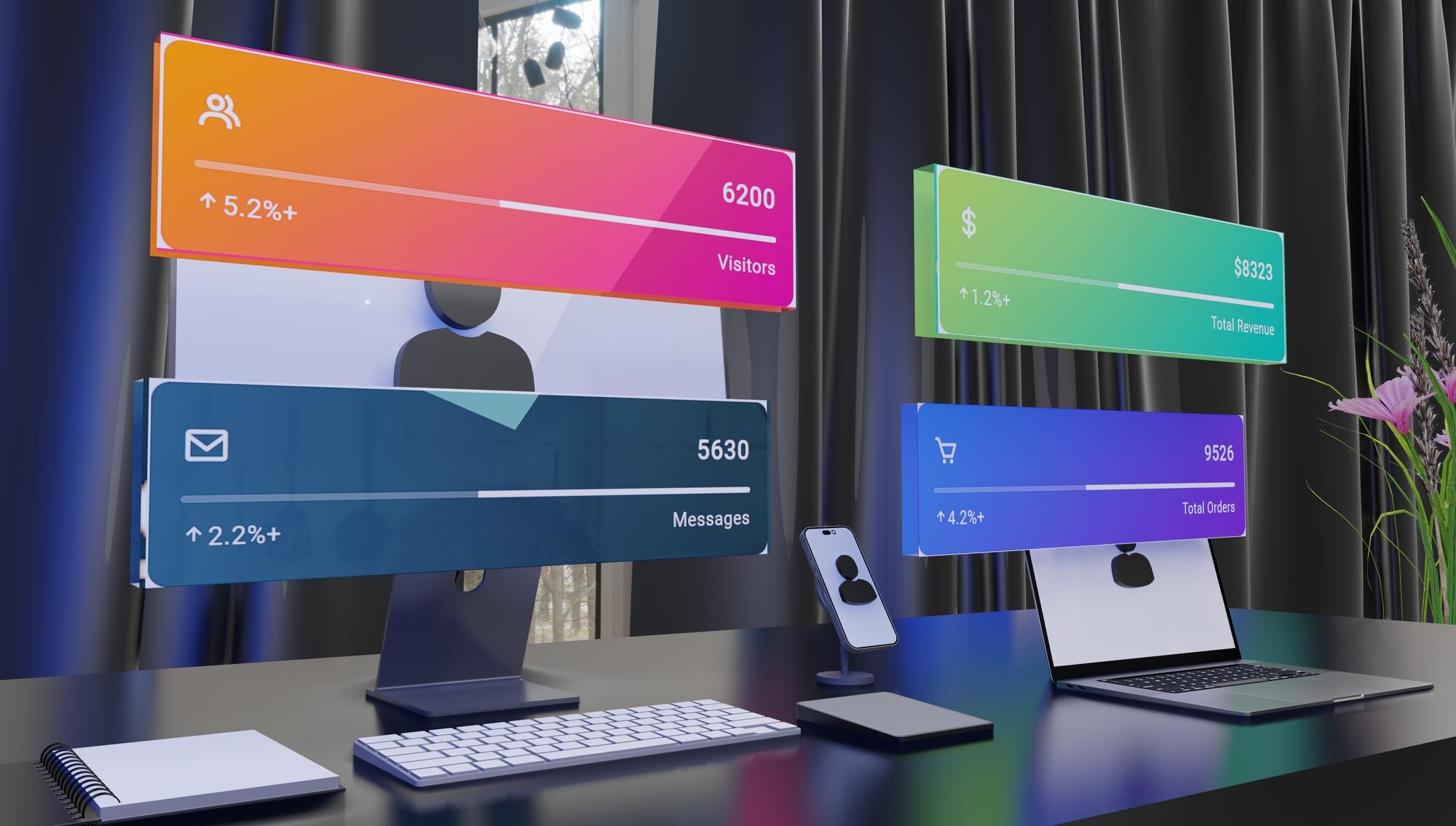Future-Proof Your WordPress Site: Essential Rebuild Tips
Your WordPress site might feel slow, clunky, or vulnerable to attacks—and that’s a sign it’s time for a serious rebuild. Ignoring these issues only sets you up for downtime and lost visitors. In this post, you’ll get clear, actionable tips for WordPress rebuilding that focus on future-proof site design, boosting your website performance while keeping security tight. Let’s get your site ready to handle what’s next. For more insights, check out this article.
Optimizing WordPress Site Performance
Start by focusing on what helps your site perform better. A quick-loading site keeps visitors happy and more likely to stay. Let’s dive into some steps you can take to speed things up and keep your site tidy.
Speeding Up Your Site
Does your site take too long to load? It might be costing you visitors. Imagine a potential customer clicking away simply because your page didn’t load fast enough. Keeping your site swift is crucial.
-
Use a Content Delivery Network (CDN): This tool distributes your content across multiple servers worldwide, reducing load times significantly. By caching your site’s data closer to the user, a CDN ensures fast delivery.
-
Optimize Images: Large images can slow down your site. Use tools like TinyPNG to compress images without losing quality. Optimized images are quick to load, improving overall site speed.
-
Enable Caching: WordPress plugins like WP Rocket can help you set up caching, which stores your site’s data temporarily. This makes subsequent visits faster since the information doesn’t have to be reloaded from scratch.
By implementing these strategies, you’re already on your way to a faster, more efficient site. But speed isn’t the only thing to consider.
Reducing Clutter for Efficiency
A cluttered site can confuse visitors and make it hard to navigate. Simplifying your site is like tidying up a room—it makes everything easier to find.
-
Remove Unused Plugins: Deactivate and delete plugins you don’t need. Each plugin can slow down your site, so keep only the essentials.
-
Streamline Your Design: Use clean, minimal themes that highlight content without distraction. A neat design guides users to the information they need, enhancing user experience.
-
Organize Content Clearly: Break up text with headings and bullet points. This improves readability and helps users find what they’re looking for quickly.
Consider how these steps can make your site not just faster but also more user-friendly. With a streamlined design, visitors find what they need and are more likely to return.
Ensuring Secure WordPress Design
After speeding up your site, the next focus is security. A secure site protects both your data and your visitors. Let’s look at how you can fortify your WordPress site.
Protecting Against Cyber Threats
Think of your site as a house. Would you leave the doors open? Probably not. Securing your site is about locking those doors to keep intruders out.
-
Install a Security Plugin: Options like Wordfence are great for monitoring threats and blocking suspicious activity. It’s like having a security guard for your website.
-
Use Strong Passwords: This might sound basic, but weak passwords are an easy target for hackers. Use combinations of letters, numbers, and symbols to create strong passwords.
-
Enable Two-Factor Authentication (2FA): Add an extra layer of security by requiring a second form of identification. This step makes it much harder for unauthorized users to gain access.
Security is about being proactive. By taking these steps, you’re reducing the risk of potential threats that could harm your site.
Implementing Regular Updates
Updates are not just about new features—they’re essential for security. Regular updates keep your site protected from vulnerabilities.
-
Update WordPress Core: Always update to the latest version. Each update patches security holes and enhances performance.
-
Keep Plugins and Themes Updated: Outdated plugins or themes can be security risks. Make it a habit to check for and install updates regularly.
-
Regular Backups: Use tools like UpdraftPlus to back up your site. In case something goes wrong, you can restore your site to its previous state.
Regular updates and backups are like regular check-ups for your site. They keep everything running smoothly and securely.
Future-Proof Site Design Strategies
Now that your site is fast and secure, let’s talk about future-proofing. A future-proof site adapts to changes without needing constant overhauls.
Choosing Scalable Themes and Plugins
Scalable themes and plugins grow with your site. They allow for changes and improvements without major reconstruction.
-
Select a Flexible Theme: Choose themes like Astra that let you customize without coding. They adjust to different devices and support new features.
-
Opt for Reliable Plugins: Pick plugins that are well-supported and regularly updated. For example, Yoast SEO is a trusted choice for optimizing content.
-
Avoid Bloatware: Stay away from themes or plugins overloaded with features you don’t need. They can slow down your site and complicate updates.
Choosing the right tools now saves you time and headaches later. A scalable site adapts as your business grows.
Planning for Growth and Expansion
Your site should not just meet today’s needs but also prepare for tomorrow’s possibilities. Planning for growth ensures your site can handle increased traffic and new offerings.
-
Consider Future Needs: Think about what features you might need in the next year. This could include e-commerce capabilities, more content, or new functionalities.
-
Monitor Analytics: Use tools like Google Analytics to understand user behavior. Insights into how people use your site help you make informed decisions about future changes.
-
Stay Informed on Trends: Keep up with the latest in WordPress development. Resources like this blog can provide valuable insights into what’s ahead.
By planning for growth, your site remains a valuable asset that supports your evolving business needs.
With these tips, you’re well on your way to a WordPress site that’s fast, secure, and ready for the future. Whether you’re focusing on performance, security, or scalability, each step you take contributes to a stronger online presence. And remember, the longer you wait to make these improvements, the more you risk falling behind. Be proactive, make the changes, and watch your site thrive.
















